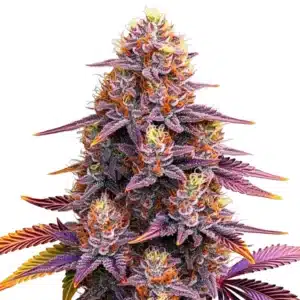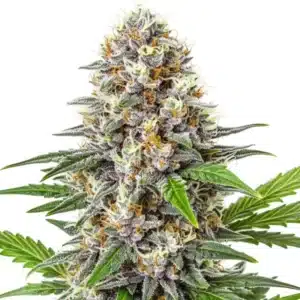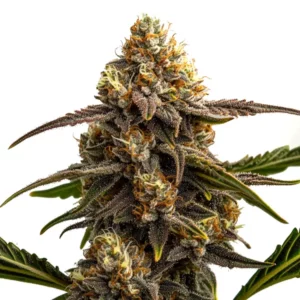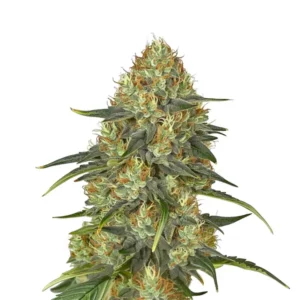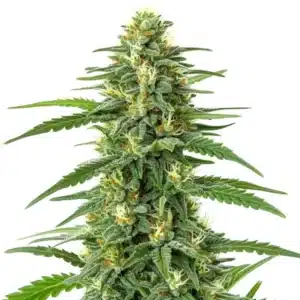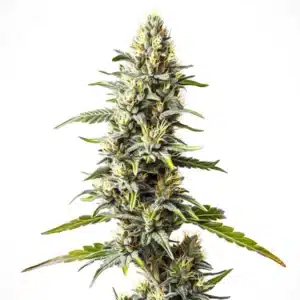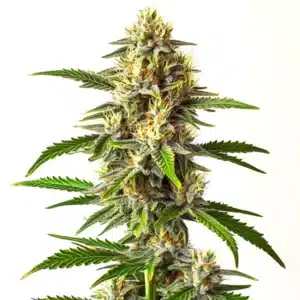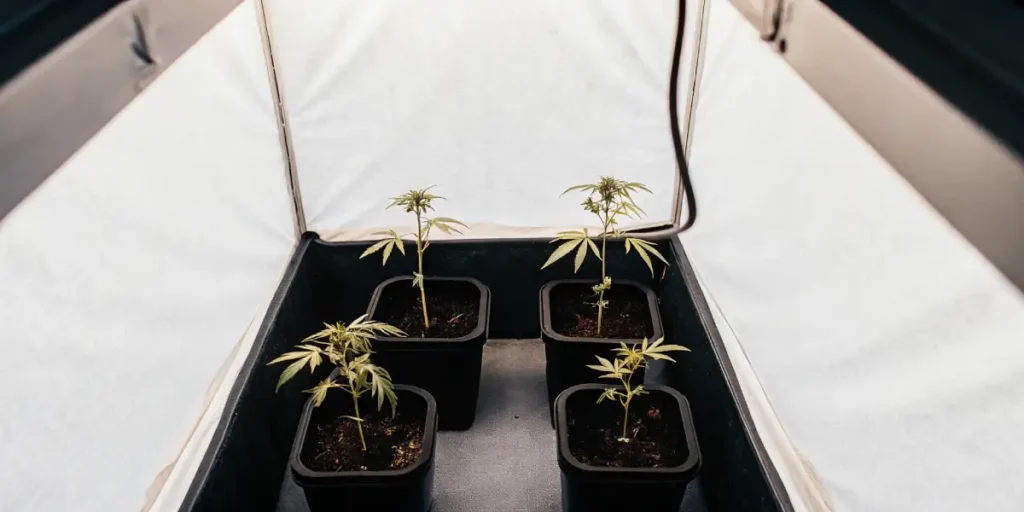
The Ultimate Shortcut: Can You Plant Cuttings Directly in Soil?
So, you’re looking at your rooting cubes, rockwool plugs, and complicated setups, and you’re thinking, “There has to be an easier way.” You’re wondering if you can just snip a cutting from your favorite plant and stick it straight into the soil.
Let’s cut to the chase. The answer is YES, you absolutely can. It’s a beautifully simple, Organic way to clone. But and this is the most important “but” you’ll read today, you can only succeed if you understand what you’re asking that tiny, defenseless cutting to do.
Recommended Strains
The Secret to a Rootless Cutting’s Survival
Here’s the science, and it’s the key to everything. A fresh cutting has no roots. It cannot drink or eat from the soil. So how does it stay alive for the two to three weeks it needs to grow a new root system?
It eats and drinks through its leaves.
This is called foliar feeding, and it’s why a high-humidity environment isn’t just a suggestion, it’s the cutting’s life-support system. That little plastic dome you put over the pot creates a super humid space, allowing the leaves to absorb the moisture they need to survive while the magic happens underground. Without that humidity, your cutting will dry out and die. It’s that simple.
Promos & Deals
Your Step-by-Step Guide to Success
Ready to try it? Here’s how you do it right.
First, the golden rule of cloning: only take cuttings from a healthy mother plant that is in its vegetative stage. You cannot clone a plant that’s already flowering. Period. For the best results, choose healthy, vigorous branches from the top of the plant.
Once you have your cutting, you can give it a “turbo-boost.” Dip the cut end in rooting hormone. Is this step mandatory? No, a cutting can root without it. But it will dramatically speed up the process and increase your success rate. It’s highly recommended.
Plant your cutting in light, airy soil and place a clear plastic dome or cut-up bottle over it immediately. Now, protect it. Your fresh cutting has two mortal enemies: dry air and wind. A strong breeze can dehydrate and kill a rootless cutting in less than 30 minutes. Keep it in a sheltered spot, away from any fans or drafts.
When you Nurture your cuttings this way, you can easily propagate robust strains like Critical Mass Auto or the vigorous Gelato. You’re not just taking a shortcut; you’re using a smart, Sustainable technique to expand your Homegrown garden.
And if you want to see some next-level stuff, know that some expert growers Cultivate clones without even detaching them from the mother plant first. They use a technique called layering, where they carefully bend a low branch, wound it slightly, and bury that section in a new pot of soil while it’s still attached. Once it grows a new root system, they simply snip it free. It’s a testament to how badly this plant wants to grow.

Frequently Asked Questions
Can you really plant a cannabis cutting directly in soil?
Yes, you can. It’s a simple and effective cloning method that avoids the stress of transplanting. However, you must provide a high-humidity environment (like a plastic dome) for the first 2-3 weeks, because the cutting needs to absorb water through its leaves until it grows its own roots.
Why is a humidity dome so important for cuttings?
Because a cutting without roots cannot drink from the soil. The humidity dome traps moisture around the leaves, allowing the cutting to absorb the water it needs to survive while it focuses its energy on growing a new root system. Without high humidity, the cutting will quickly dry out and die.
Do I have to use rooting hormone?
No, it’s not absolutely essential a healthy cutting will eventually root on its own in the right conditions. However, using a rooting hormone will significantly speed up the process and greatly increase your chances of success. It’s a highly recommended step, especially for beginners.
What’s the biggest mistake people make when cloning this way?
The biggest mistake is underestimating how fragile a rootless cutting is. The two fastest ways to kill one are letting it dry out (not using a humidity dome) or exposing it to wind. Even a gentle breeze from a fan can be a death sentence. You have to keep them in a calm, humid, and protected environment.



